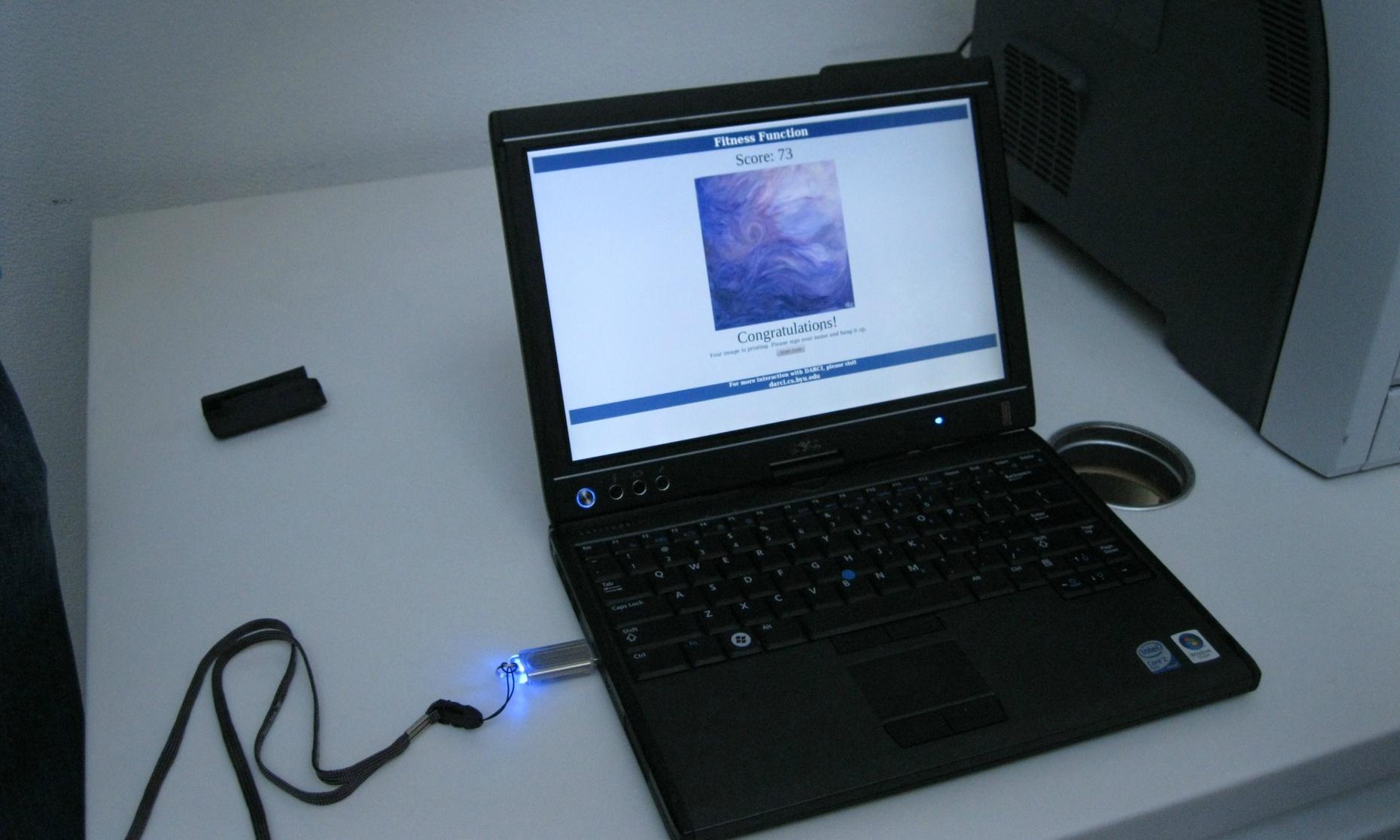Designing a Computer with Great Taste
To make art, a computer first needs to understand what art is.A group of computer scientists at Brigham Young University is attempting this by feeding their program images by the thousands and describing those images.
Teach DARCI how to associate adjectives with images
Digital Artist Communicating Intent (she goes byDARCI) recognizes about 2,000 adjectives so far, including terms like “peaceful,” “scary,” and “dark.” The goal is to teach DARCI to pick out those visual qualities in artwork — and ultimately, to write algorithms modeling creativity for artificial intelligence.
The team took DARCI out for a spin at the Conference on Creativity and Cognition in Atlanta. They invited artists to put their work on a thumb drive, upload to the program, and be judged by DARCI. The program scored works according to simple criteria, which were kept secret. The accepted work was displayed in a temporary exhibition at the High Museum.
Several experienced artists had their work rejected; so did George, age 6, who was skeptical of the algorithmic curation. “I can’t believe a computer can do it, because there’s never good art or bad art — there’s different types of art,” he says.
BYU professorDan Venturasays their effort wasn’t much different from the normal operation of the art world. “Whenever you enter art into a juried show, you’re often not told what the criteria are,” he says. “Somebody is going to make a judgment about your art and decides whether you get in or not. And DARCI is that someone right now.”
